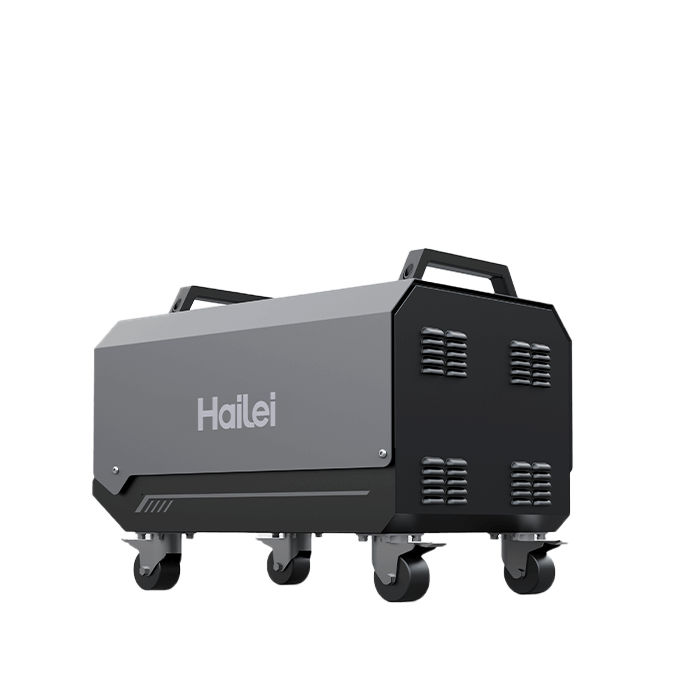Time:Jul 25, 2023 Views:759
The most studied cathode materials so far are derivatives of LiCoO2, LiNiO2, LiMn2O4, and above, such as LiNi0.8Co0.2O2, LiNi1/3Co1/3Mn1/3O2, etc.
LiCoO2 is the only large-scale commercialized positive electrode material, with over 90% of commercialized lithium-ion batteries using LiCoO2 as the positive electrode material. The research on LiCoO2 is relatively mature and has excellent comprehensive performance, but it is expensive and has low capacity, which poses certain safety issues.
LiNiO2 has low cost and high capacity, but its preparation is difficult, and the consistency and reproducibility of material properties are poor, posing serious safety issues. LiNi0.8Co0.2O2 can be regarded as the Solid solution of LiNiO2 and LiCoO2, which has both the advantages of LiNiO2 and LiCoO2, and was once considered as the most likely new cathode material to replace LiCoO2. However, there are still some shortcomings such as harsh synthesis conditions (requiring oxygen atmosphere), poor safety, and the comprehensive performance needs to be improved; At the same time, due to the high content of expensive Co, the cost is also high.

Spinel LiMn2O4 has low cost and good safety, but its cycling performance, especially at high temperatures, is poor. It has a certain solubility in the electrolyte and poor storage performance.
The new ternary composite oxide lithium nickel cobalt manganese oxide (LiNi1/3Co1/3Mn1/3O2) material combines the respective advantages of LiCoO2, LiNiO2, LiMn2O4 and other materials: cost is equivalent to LiNi0.8Co0.2O2, reversible capacity is large, structure is stable, safety is good, and is between LiNi0.8Co0.2O2 and LiMn2O4, with good cycling performance and easy synthesis; However, due to the high content of expensive Co, the cost is also high. For lithium-ion batteries with medium to high capacity and power, the cost, high-temperature performance, and safety of positive electrode materials are very important.
The above LiCoO2, LiNiO2, LiMn2O4 and their derivatives as cathode materials cannot meet the requirements yet. Therefore, the research and development of new cathode materials that can be used for lithium-ion batteries with medium to large capacity and medium to high power has become a current hotspot.

X

Appointment Experience